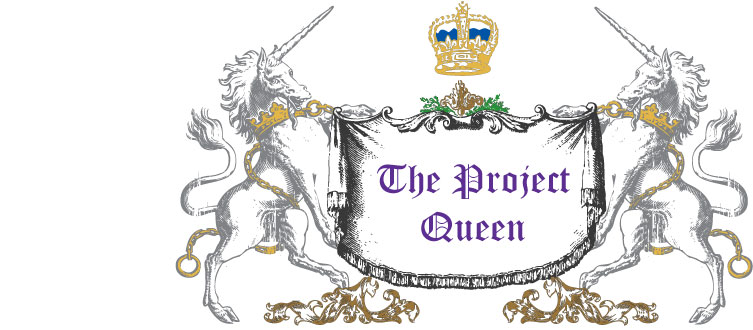It
was given to a friend as a just-because gift.
I
had initially purchased the fabric for a different project,
but
wasn’t completely sold on it for that project, mostly due to the print.
I
think it had been whispering all along it was a caftan.
I
already knew the friend liked the colors when I decided to make something for
her,
and
it turned out she liked caftans too.
So
this project was a win for 2 different reasons.
I
whittled my stash down just a bit and had the pleasure
of making someone else happy when they weren’t expecting it.
of making someone else happy when they weren’t expecting it.
Once upon a time, if someone had asked me what item of clothing best defined my personality, the answer would have been blue jeans. There are still jeans in my closet, but as I’m getting older (and the waistline fluctuates), I’ve had a growing fondness for athletic stretchy pants (not yoga) and dresses. Courtesy of the hot, humid environment we have at least 6 months out of the year, dresses have become necessary to my survival. I probably wear them 75% of the time when the weather is hot.
I’m really not sure what category of clothing caftans
belong to, dress, robe or tunic, but they found their way into my conscience
early this summer. Like many hard-core project people, I’ve accumulated a
respectable stash in my studio. There is fabric yardage (some for specific
projects), patterns, ribbon, trims, buttons, yarn, jewelry making, embroidery
and art supplies. Oh, I can’t forget my Angora Rabbit wool. There are a couple
of large plastic containers holding the bounty from my very generous bunnies.
We’re giving serious consideration to down-sizing, but even if we don’t move
soon, we’ve reached the point where it’s time for serious decluttering. Some of
the fabric I’ve purchased in recent years wasn’t for specific patterns. I just
liked it. If I bought it to make a future garment, there is usually at least a
4 yd. piece to guarantee there is enough to make something. After we got back
from our 5-week trip, I started eyeballing some of that fabric, since it was
already too hot to do much work on our trailer. A lack of patterns to use with
it wasn’t the issue. But a growing scrap stash was.
And that’s how I found myself examining caftans. Those
who have studied human history know it’s probably one of the world’s oldest
garments from the cradle of civilization. A fine pedigree indeed, and most
definitely designed for a part of the world which experiences plenty of hot
weather. The caftan made its way around the globe in various forms and has many
different names. Due to Colonialism, it probably wasn’t unknown to
globe-trotting Western Europeans. If they owned one, they weren’t wearing it in
public though. That didn’t happen until
fashion discovered it in the early 20th century. The Czarina
Alexandra wore a traditional Russian robe for her coronation in the 1890s. By
the early 1900s, a few haute couture European designers were courageous enough
to embrace the caftan as a means of freeing women from restrictive
undergarments and fashion. The voluminous garment took a hiatus from the 1930s
thru the war years, then started making its presence felt again in the 1950s.
During the 60s and 70s it became the ultimate symbol of Bohemian culture, and
its ethnic roots provided plenty of inspiration.
Despite being a creative sort, I never really
identified myself with Bohemian culture. There’s something funny about getting
older, however. You start caring a lot less about what others think. Bonus?
Giving yourself permission to be both comfortable, and maybe stand out from the
crowd while you’re at it. When I was studying my extra fabric, the first
priority was using it in a project which didn’t generate much, if any
leftovers. That’s how I found myself considering caftans in the first place,
but after thinking about it for a bit, the thought of wearing something which
wouldn’t have been in my closet 20 years ago, didn’t disturb me.
but
they were joined to the waistband in front and left inside.
Reaching
under all that fabric didn’t seem very practical to me.
So
I made 2 buttonholes in the back to pull them thru.
including
the instructions.
Since
its destiny was to be a gift, I decided it would be better to have the actual
pattern.
I
got lucky and found it on Ebay.
Don’t think you’re the type to wear a caftan? Try making at least one for home use. They are great for lounging about, and I can’t think of a better reason to give yourself a mini vacation occasionally than a groovy caftan in your closet whispering, “Take a day off”.
The Project Queen




